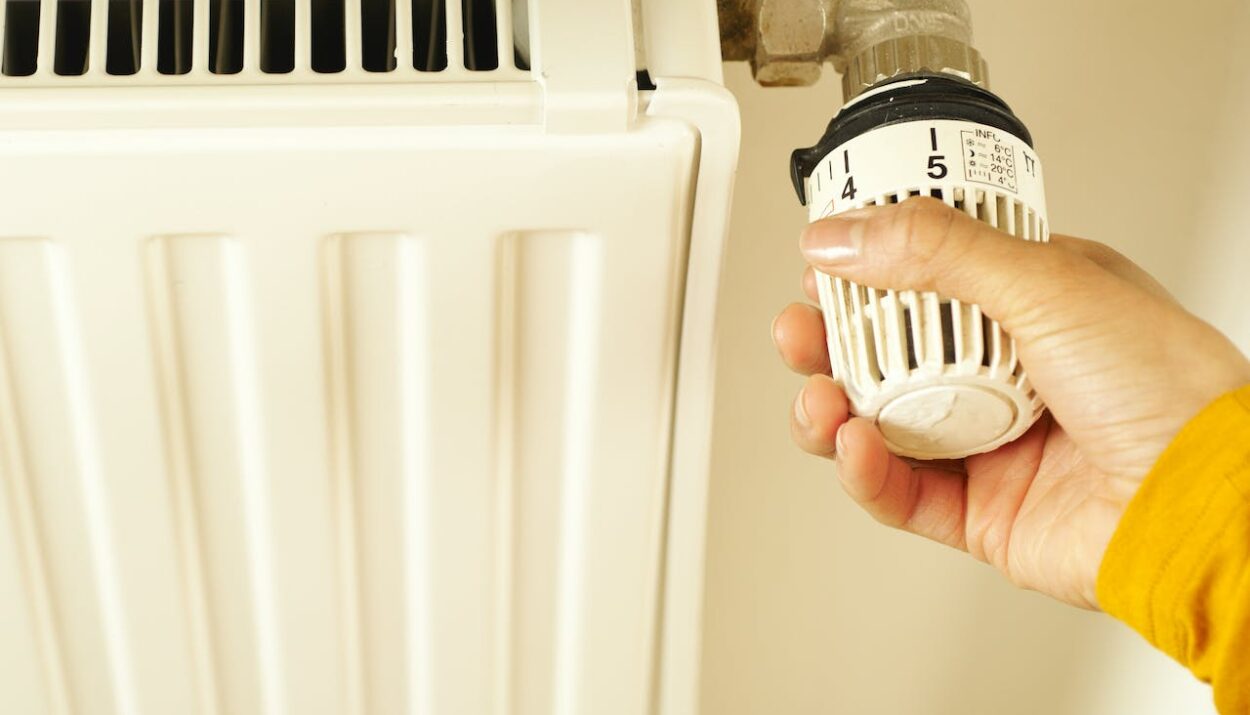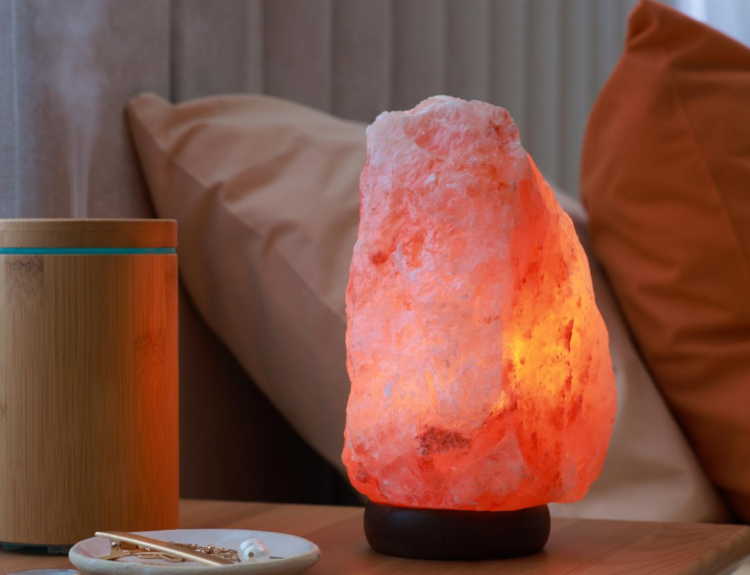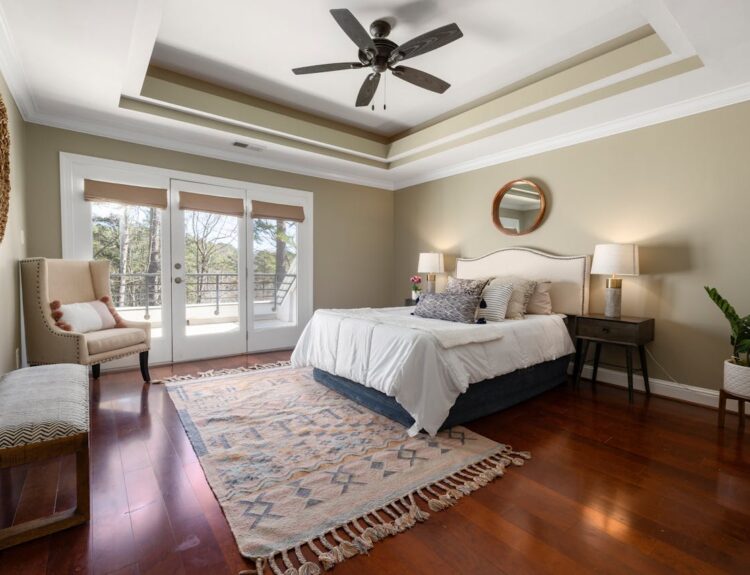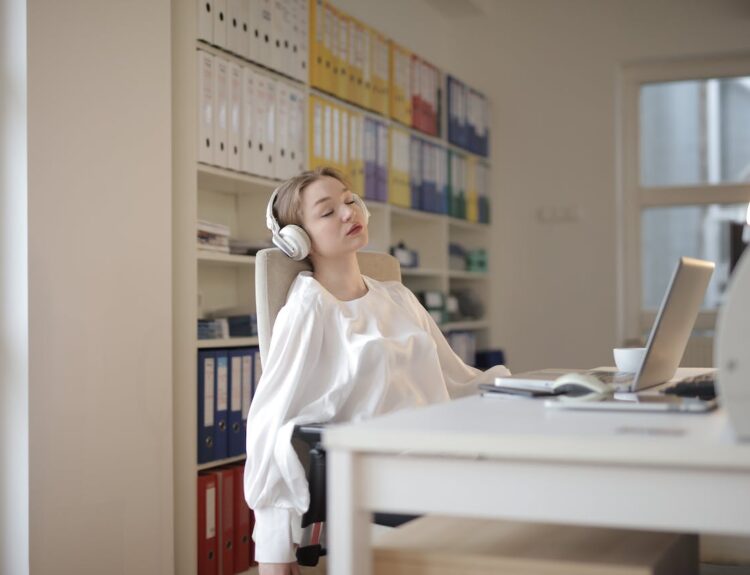As winter settles in and temperatures plummet, sleeping with the heater on becomes irresistible. In this article, we unravel the impact of this cozy choice on your sleep quality and overall well-being. From the comforting embrace of warmth to potential health considerations, we navigate the nuances to help you make an informed decision for a genuinely healthy sleep environment.
Uncover the pros and cons of sleeping with the heater on. Find the ideal sleep temperature, and choose the right heating option for a cozy night’s rest.
In this article:
- Pros of Sleeping with the Heater On
- Cons of Sleeping with the Heater On
- The Best Temperature for Sleep
- Choosing the Right Heating Option
- Sleeping with the Heater On and Safety Measures
PROS OF SLEEPING WITH THE HEATER ON
Sleeping with the heater on offers several advantages, contributing to a comfortable and restful night’s sleep.
Firstly, a warm sleeping environment promotes relaxation, easing muscle tension and enhancing overall comfort. It is especially beneficial during colder seasons when chilly temperatures can lead to stiffness and discomfort. Many individuals discover that a heated room significantly improves sleep quality, making falling and staying asleep throughout the night easier.
Furthermore, sleeping in a warm environment can help prevent common cold-related discomforts. For example, cold extremities, often experienced in chillier conditions, can be alleviated by maintaining a consistent and cozy room temperature.
In terms of the psychological aspect, the warmth is noteworthy. A heated bedroom creates a snug and inviting atmosphere, fostering a sense of security and well-being. This pleasant ambiance contributes to a more positive sleep experience, potentially reducing stress and anxiety.
Additionally, sleeping with the heater on becomes essential for those in colder climates to avoid temperature-related sleep disruptions. Maintaining a comfortable temperature decreases the likelihood of waking up feeling frozen, ensuring a more uninterrupted sleep cycle.
CONS OF SLEEPING WITH THE HEATER ON
While sleeping with the heater on offers comfort, there are potential drawbacks that individuals should consider.
Firstly, heaters, particularly those that use forced air, can contribute to dry air in the room. This dryness may lead to dry skin, irritated nasal passages, and a scratchy throat. It is crucial to strike a balance, as excessive dryness can interfere with respiratory health and overall well-being.
Additionally, inadequate ventilation can be a concern. Insufficient ventilation in the room may cause the heater to circulate indoor pollutants, potentially causing respiratory irritation or worsening existing conditions such as allergies or asthma.
Energy consumption is another consideration. Running a heater throughout the night can contribute to higher energy bills. For individuals mindful of their environmental impact and seeking energy efficiency, finding a balance between comfort and energy consumption becomes crucial.
Exposure to carbon monoxide (CO) poses a significant risk for individuals utilizing gas heaters. Although contemporary gas heaters come equipped with safety features, it is crucial to emphasize the importance of ensuring adequate ventilation and installing CO detectors to reduce this risk. Since CO is an invisible and scentless gas with potential harm, prioritizing safety measures is paramount.
Finding a balance and implementing safety measures are essential to enjoy the benefits of a heated sleep environment responsibly.
THE BEST TEMPERATURE FOR SLEEP
Achieving quality sleep involves more than just duration; creating the right conditions is crucial. One key factor is room temperature. Let’s explore finding the ideal balance for the best sleep temperature.
- Cool, But Not Cold: Maintain your bedroom temperature between 60 and 67 degrees Fahrenheit (15-19 degrees Celsius), as the National Sleep Foundation recommends. This range facilitates the natural drop in body temperature as you prepare for sleep. In the video above, Dr. Breus suggests a slightly more comprehensive range of 65 to 75 degrees Fahrenheit, noting that it may vary based on location and humidity.
- Body Temperature Regulation: During the night, your body undergoes temperature regulation cycles. A cooler room temperature supports this process, aiding the natural progression through sleep stages.
- Comfortable Bedding: Choose breathable and moisture-wicking materials for bedding to prevent overheating. Lightweight, easily adjustable blankets offer flexibility in maintaining the perfect sleep temperature.
- Individual Variations: Recognize that personal preferences vary; some may find a slightly warmer or cooler room more conducive to sleep. Pay attention to your comfort level and adjust the temperature accordingly.
- Consider Seasonal Changes: Adjustments may be necessary for seasonal variations. Experiment with different settings to find what works best for you. In warmer months, focus on ventilation and cooling strategies.
- Optimize Your Sleep Environment: Besides temperature, humidity, noise, and darkness contribute to a sleep environment. Establish a calming atmosphere in your bedroom by considering and adjusting these elements.
CHOOSING THE RIGHT HEATING OPTION
The appropriate heating option for your sleep environment is pivotal to creating a cozy and comfortable space. Here are essential considerations to guide you in making the right choice.
Electric Blankets and Mattress Pads
Electric blankets and mattress pads are popular choices for targeted warmth. They provide direct heat to your body, allowing you to stay warm without significantly heating the entire room. This option is energy-efficient and provides for personalized temperature control.
Space Heaters
Portable space heaters offer versatility in heating specific areas. Choose from radiant, convection, or ceramic heaters based on your preferences. Ensure safety features such as tip-over switches and overheating protection are present. Place the heater safely from bedding and curtains to prevent fire hazards.
Central Heating Systems
Central heating systems are worth considering if you prefer a comprehensive heating solution for your entire home. Options include furnaces, boilers, or heat pumps. Consistent upkeep is crucial to ensure peak performance and enhance energy efficiency.
Ductless Mini-Split Systems
Ductless mini-split systems provide the convenience of both heating and cooling functions along with zone control features. These energy-efficient systems allow you to customize the temperature in different rooms. Installation may require professional assistance.
Fireplaces and Wood-Burning Stoves
For a rustic and charming heating option, consider fireplaces or wood-burning stoves. These provide warmth and add aesthetic appeal to your sleep sanctuary. Ensure proper ventilation and safety precautions to enjoy these heating sources responsibly.
Consider energy efficiency, safety features, and personal preferences when choosing a heating option. Experiment with different options to find the one that keeps you warm and complements the overall ambiance of your sleep space.
SLEEPING WITH THE HEATER ON AND SAFETY MEASURES
Creating a warm and safe sleep environment requires carefully considering the different heating options. Take electric blankets and mattress pads, for instance—they are generally safe. Still, extended exposure to high heat may pose burns or skin irritation risks. To maintain safety, adhering to manufacturer guidelines and closely monitoring temperature settings is crucial.
Similarly, space heaters provide warmth but necessitate vigilant usage. Opt for models with safety features, ensure proper clearance, and never leave them unattended. Regular inspections and maintenance routines are integral to fostering a secure environment.
While central heating systems are generally safe with adequate maintenance, they may contribute to dry indoor air, especially in forced-air systems. For added comfort, consider incorporating a humidifier as needed.
Ductless mini-split systems earn recognition for their safety and energy efficiency. However, ensuring proper installation and adhering to routine maintenance practices is crucial for optimal performance.
Fireplaces and wood-burning stoves, when correctly installed and maintained, can provide a safe heating option. However, it’s essential to remain vigilant regarding potential indoor air pollutants. Regular chimney maintenance and proper usage are crucial for ensuring their safety.
To discover more sleep tips, visit the articles in our “Sleep” category.
_____
Now that we’ve explored the intricacies of sleeping with the heater on, it’s evident that this cozy choice has unique advantages and considerations. Finding the right balance is critical. So, evaluate your sleep space, consider the pros and cons, and make the best choices. Whether it’s adjusting the temperature or upgrading your heating option, let this knowledge guide you toward creating a sleep sanctuary tailored to your needs!
This post may contain affiliate links. You can read the affiliate disclosure here.








